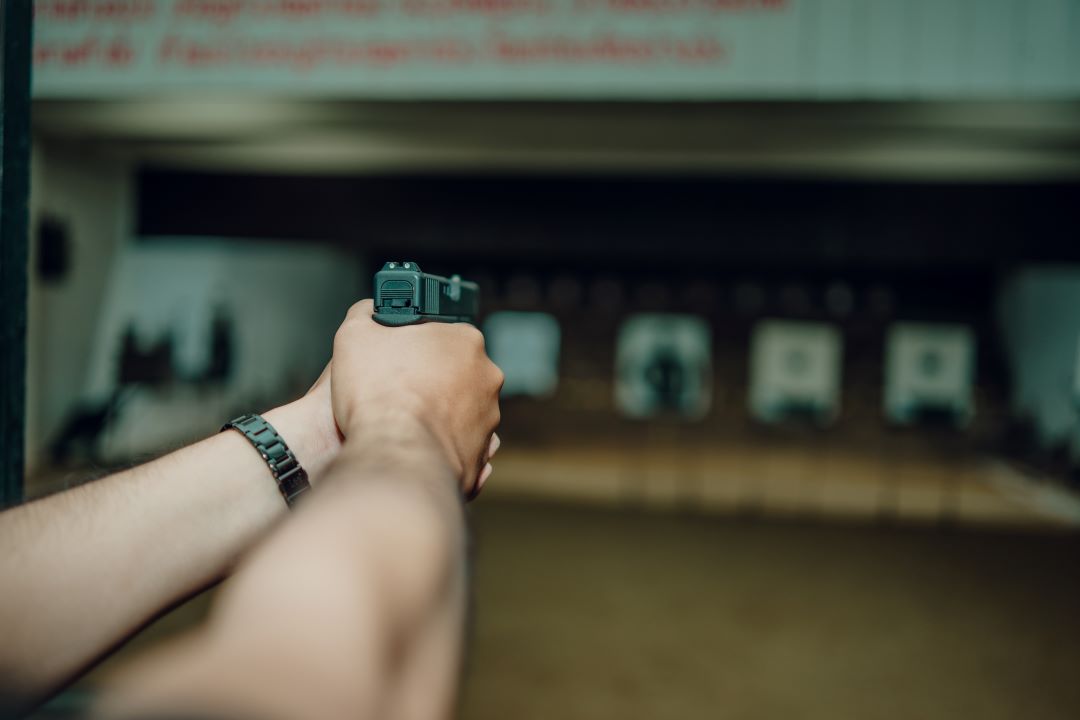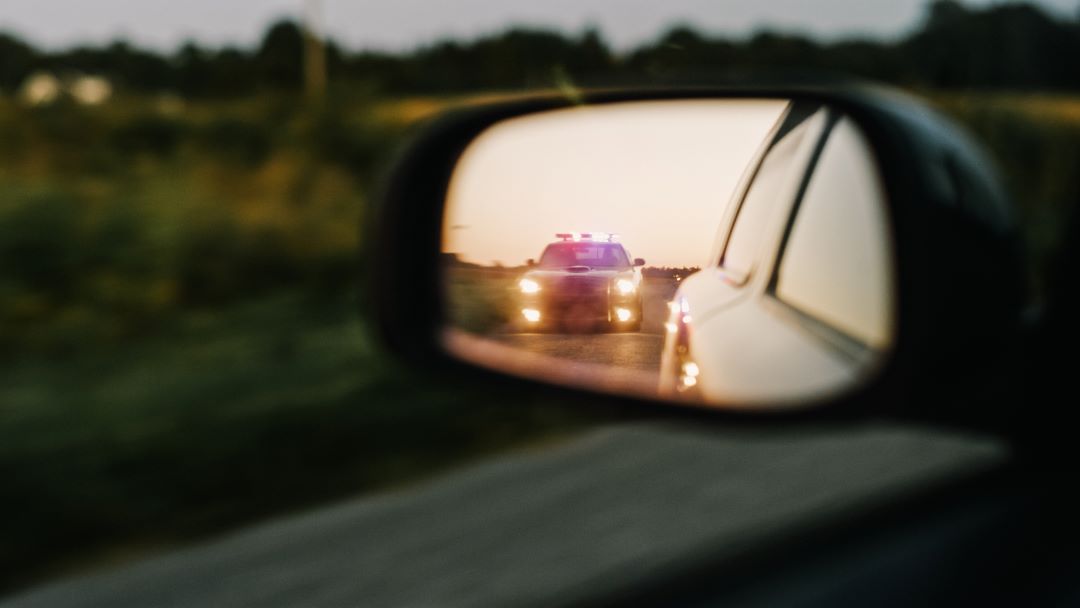Carrying a concealed firearm for personal defense is about more than simply owning a gun; it's about being prepared, confident, and responsible in using that firearm when necessary. Building a proper firearms training regimen tailored to concealed carry and personal defense is essential for anyone serious about protecting themselves and others. This guide will help you develop a comprehensive training plan designed to build your shooting skills, improve your reaction times, and ensure you’re ready to act confidently and responsibly in a high-pressure situation.
1. Establishing Your Goals for Concealed Carry
Before jumping into training, it's crucial to define your objectives. Concealed carry requires a specific skill set that goes beyond marksmanship. You must also be prepared for quick draws, situational awareness, and making rapid decisions under stress.
Key objectives to consider for your training regimen:
- Accuracy and Precision: Can you reliably hit your target in a defensive situation?
- Speed and Efficiency: How quickly can you draw your firearm and engage a target?
- Decision-Making Under Stress: Can you maintain control and make smart choices under pressure?
- Safety and Responsibility: Are you confident in your ability to handle your firearm safely in all circumstances?
By clarifying these goals, you'll have a foundation to structure your training sessions, and you can track your progress over time.
2. Mastering the Fundamentals
The fundamentals of shooting—grip, stance, sight alignment, and trigger control—are critical for any firearms training regimen. These basics are even more important for concealed carry, as you must ensure your performance remains solid even under stress or in awkward shooting positions.
Grip: Your grip on the firearm should be firm and secure, allowing you to manage recoil and maintain control. Practice gripping your firearm in various positions, particularly from concealment.
Stance: A strong stance will give you the stability needed for accurate shooting. Practice standing in positions where you may be forced to defend yourself, whether you’re moving, crouching, or behind cover.
Sight Alignment and Trigger Control: Regularly practice aligning your sights and executing a smooth trigger press. This can be done with dry fire practice, a technique you can use at home to build muscle memory without the need for live ammunition.
Product recommendation: Consider using GunZees' Anatomical Shooting Targets to improve your precision with lifelike anatomy, giving you vital feedback on shot placement. Available at: https://gogunzee.com/products/anatomical-shooting-targets.
3. Dry Fire Practice: The Key to Consistency
Dry fire training is one of the most effective methods for honing your concealed carry skills without live ammunition. By practicing your draw, sight alignment, and trigger press without firing a round, you can build muscle memory, improve your reaction times, and develop confidence in your abilities.
How to practice dry fire:
- Clear your firearm: Always ensure your gun is unloaded before dry fire practice.
- Work on your draw: Practice drawing your firearm from your concealed carry holster, acquiring a sight picture, and "firing" at your target. Repeat this slowly at first, then build up speed as you become more comfortable.
- Focus on trigger control: Practice pressing the trigger without disturbing your sight alignment. This will help you shoot more accurately under pressure.
Dry fire practice can be done daily, anywhere, and is an inexpensive way to build and maintain your concealed carry skills.
4. Live Fire Drills: Sharpening Your Defensive Skills
While dry fire practice is essential, live fire training is where you can test and refine your skills with actual ammunition. To train effectively for concealed carry and personal defense, you'll need to focus on specific drills that mimic real-life scenarios.
1. Draw and Fire Drill:
This drill focuses on drawing from your concealed holster and firing at a target as quickly and accurately as possible. Start slowly, then work to improve your draw speed while maintaining accuracy.
2. Failure to Stop Drill (Mozambique Drill):
In this drill, you fire two shots to the chest and one to the head, simulating a defensive shooting situation where the attacker may not be neutralized by body shots alone. This is a critical drill for improving accuracy and decision-making in high-stress scenarios.
3. Multiple Target Engagement:
Practicing shooting at multiple targets improves your ability to engage multiple threats. Set up targets at varying distances and practice transitioning between them, making sure to maintain accuracy while moving your sights quickly.
4. Movement Drills:
In a real-life self-defense situation, you may need to shoot while moving or take cover quickly. Practice moving laterally or retreating while engaging a target. This will improve your ability to shoot accurately on the move, and increase your overall agility in defensive situations.
5. Tactical Reloading and Malfunction Drills
In a high-pressure scenario, it's crucial to know how to reload quickly and efficiently or deal with a firearm malfunction. Incorporate these skills into your training regimen:
1. Tactical Reload:
Practice reloading your firearm from concealment. The ability to reload under pressure is crucial, especially when you’re carrying a limited number of rounds. Time yourself to improve your speed and smoothness.
2. Malfunction Drills:
Simulate malfunctions by loading snap caps into your magazine, causing your firearm to "jam." Practice clearing the malfunction (tap, rack, and assess) and getting back into the fight. Malfunction drills teach you to stay calm and act quickly if your gun misfires.
6. Incorporating Situational Awareness and Decision-Making
Training for concealed carry isn't just about shooting; it’s about knowing when to act. Developing your situational awareness is just as important as honing your marksmanship.
1. Situational Awareness Drills:
On the range or in your home, practice scanning your surroundings before and after engaging a target. Get in the habit of identifying threats and understanding your environment.
2. Shoot/No-Shoot Drills:
Practice identifying whether a target is a threat before engaging. This can be done using targets with different "threat" and "non-threat" markers, forcing you to quickly decide whether to shoot or not.
7. Range Days: Maximizing Your Time
When you go to the range, every session should have a purpose. Too often, people go to the range without a plan, which results in wasted time and ammo. By planning your range days in advance, you can maximize your training and ensure steady progress.
Tips for Effective Range Days:
- Set Specific Goals: Know exactly what you want to work on before you arrive at the range. For example, you might decide to spend one session on speed drills and another on accuracy.
- Bring the Right Gear: Use targets that challenge you, such as GunZee's Anatomical Shooting Targets to refine your accuracy. Available at https://gogunzee.com/products/anatomical-shooting-targets.
- Track Your Progress: Keep a shooting journal or log where you can record your times, accuracy, and areas for improvement. This allows you to objectively assess your progress over time.
8. Incorporating Realistic Defensive Scenarios
While structured drills are essential, incorporating real-world defensive scenarios into your training regimen can make a significant difference in your preparedness. These scenarios simulate the types of threats you may face in real life, helping to build your decision-making and shooting skills in context.
Examples of Defensive Scenarios:
- Home Defense Drills: Set up targets in various "rooms" to simulate engaging an intruder in your home. Practice moving between rooms, taking cover, and engaging targets.
- Concealed Carry Scenarios: Practice engaging a target from various concealment positions, such as seated in a car or standing in a crowded area. These drills will help you prepare for situations where you may not have time to assume a perfect shooting stance.
9. Safety: The Foundation of Every Regimen
Safety is always the number one priority when handling firearms. Ensure that every part of your training regimen, from dry fire practice at home to live fire on the range, follows strict safety protocols.
Firearms Safety Rules to Follow:
- Always treat every firearm as if it’s loaded.
- Never point the muzzle at anything you’re not willing to destroy.
- Keep your finger off the trigger until you’re ready to shoot.
- Always know your target and what’s beyond it.
If you’re new to firearms or haven’t taken a formal class on firearms safety, consider enrolling in a local concealed carry course or taking lessons from a certified instructor.
10. Conclusion: Build, Refine, Repeat
Building the perfect firearms training regimen for concealed carry and personal defense requires time, effort, and consistency. By focusing on the fundamentals, incorporating dry fire and live fire drills, and practicing in realistic scenarios, you’ll develop the skills and confidence needed to protect yourself and your loved ones.
Remember to stay patient and track your progress. Firearms training is an ongoing journey, and continuous improvement is key. As you build muscle memory and sharpen your situational awareness, you’ll become more prepared for any challenge that comes your way.
Explore GunZee for your range training needs at: https://gogunzee.com/
For additional resources on concealed carry and firearms training, visit: https://uscca.com



